Apr 9–Jun 9, 2025
Online
-

1/10: Nakeya Brown, Hair Portrait #2 from The Refutation of “Good” Hair, 2012. Courtesy of the artist
-
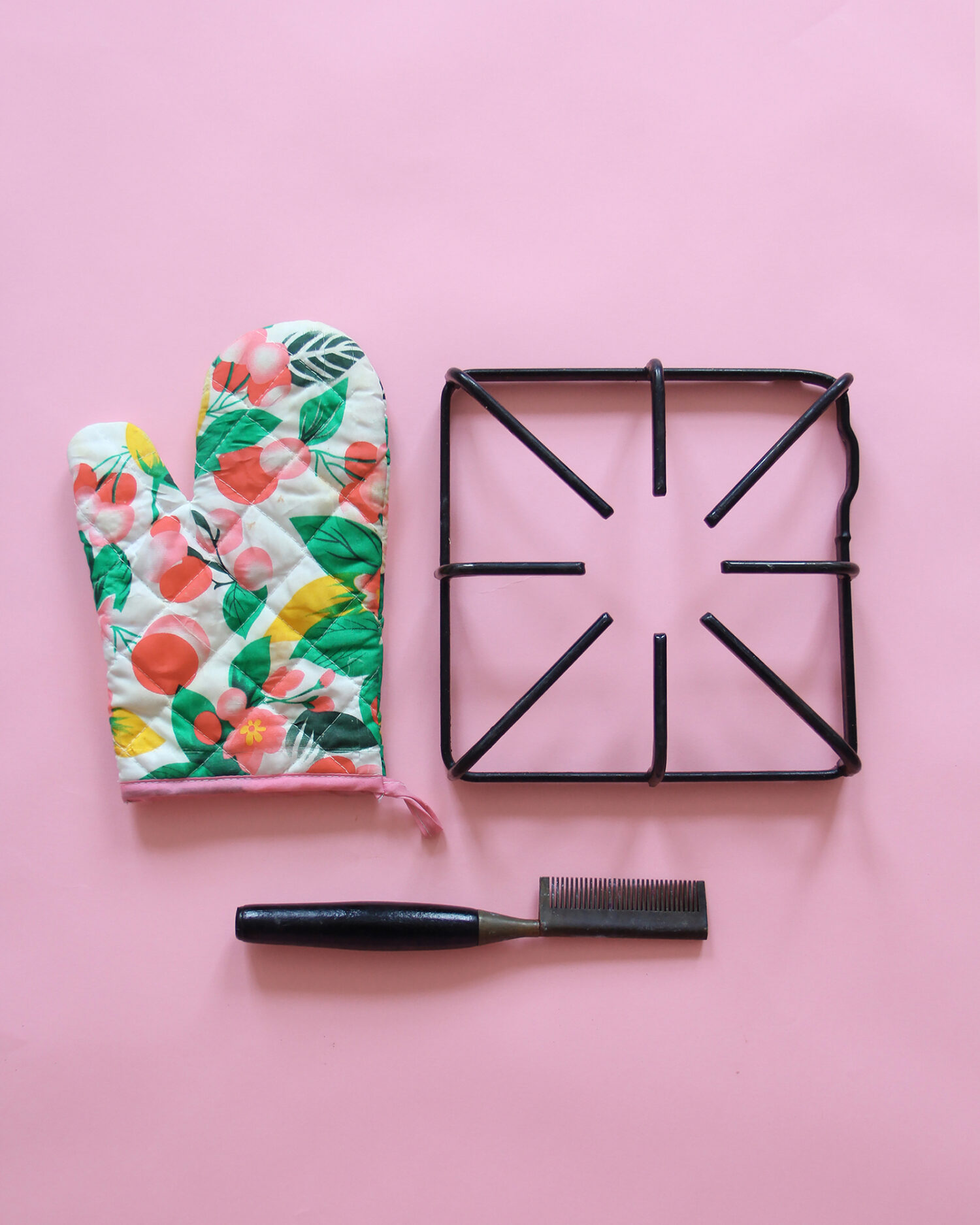
2/10: Nakeya Brown, Hot Comb and Mitten from Hair Stories Untold, 2014. Courtesy of the artist
-

3/10: Nakeya Brown, Hair Portrait #1 from The Refutation of “Good” Hair, 2012. Courtesy of the artist
-

4/10: Nakeya Brown, Art of Sealing Ends (Part II) from Hair Stories Untold, 2014. Courtesy of the artist
-
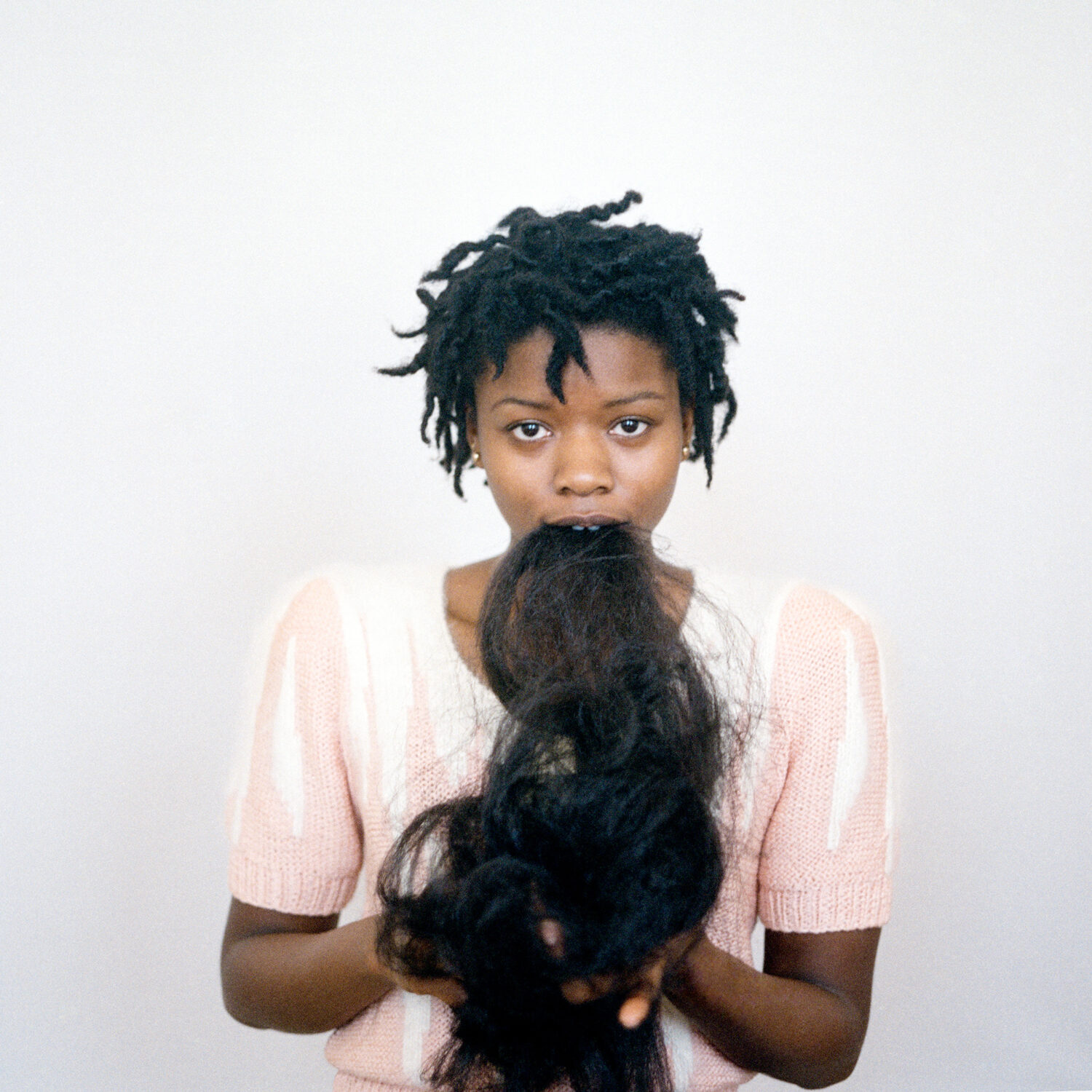
5/10: Nakeya Brown, Hair Portrait #3 from The Refutation of “Good” Hair, 2012. Courtesy of the artist
-

6/10: Nakeya Brown, The Art of Sealing Ends from Hair Stories Untold, 2014. Courtesy of the artist
-
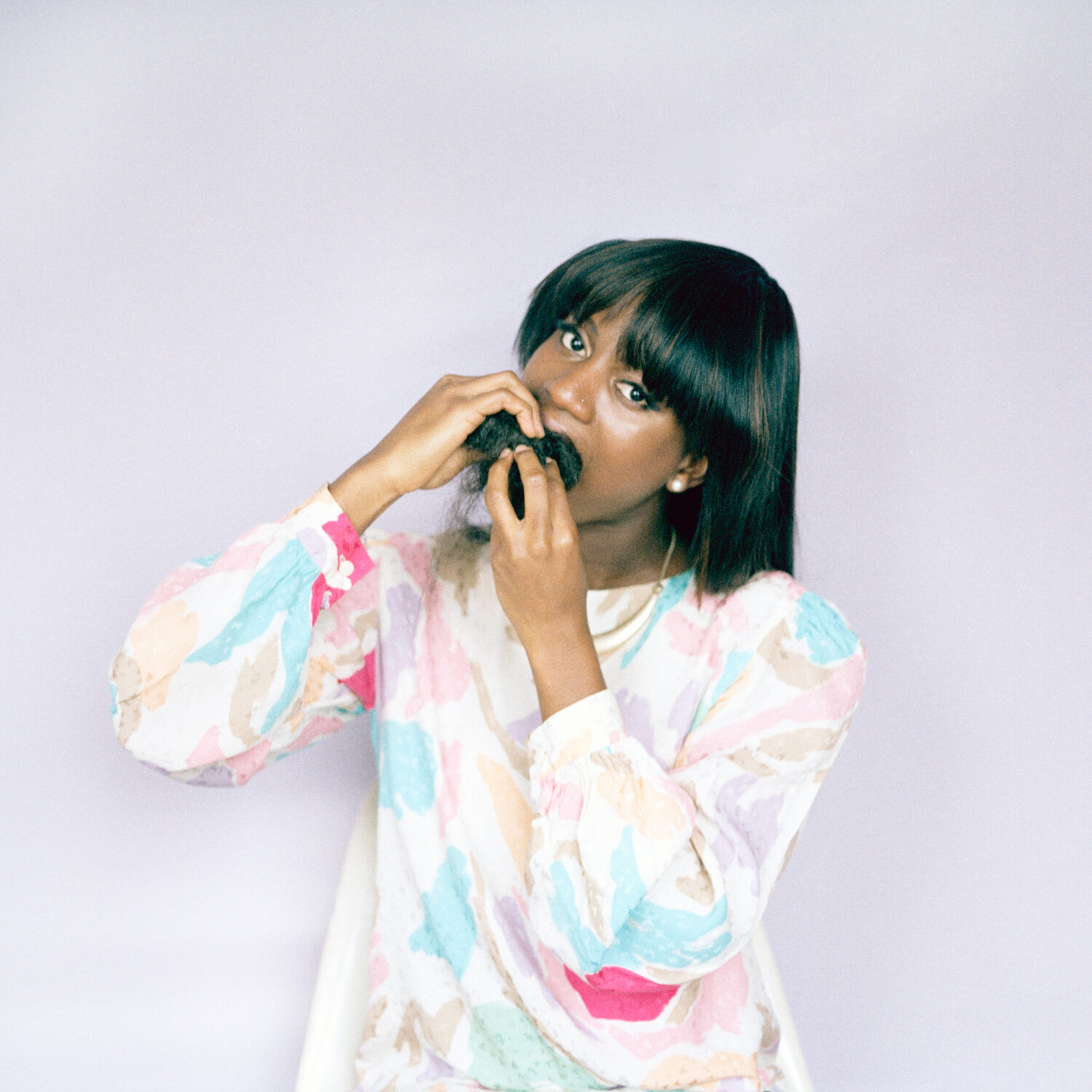
7/10: Nakeya Brown, Hair Portrait #4 from The Refutation of “Good” Hair, 2012. Courtesy of the artist
-
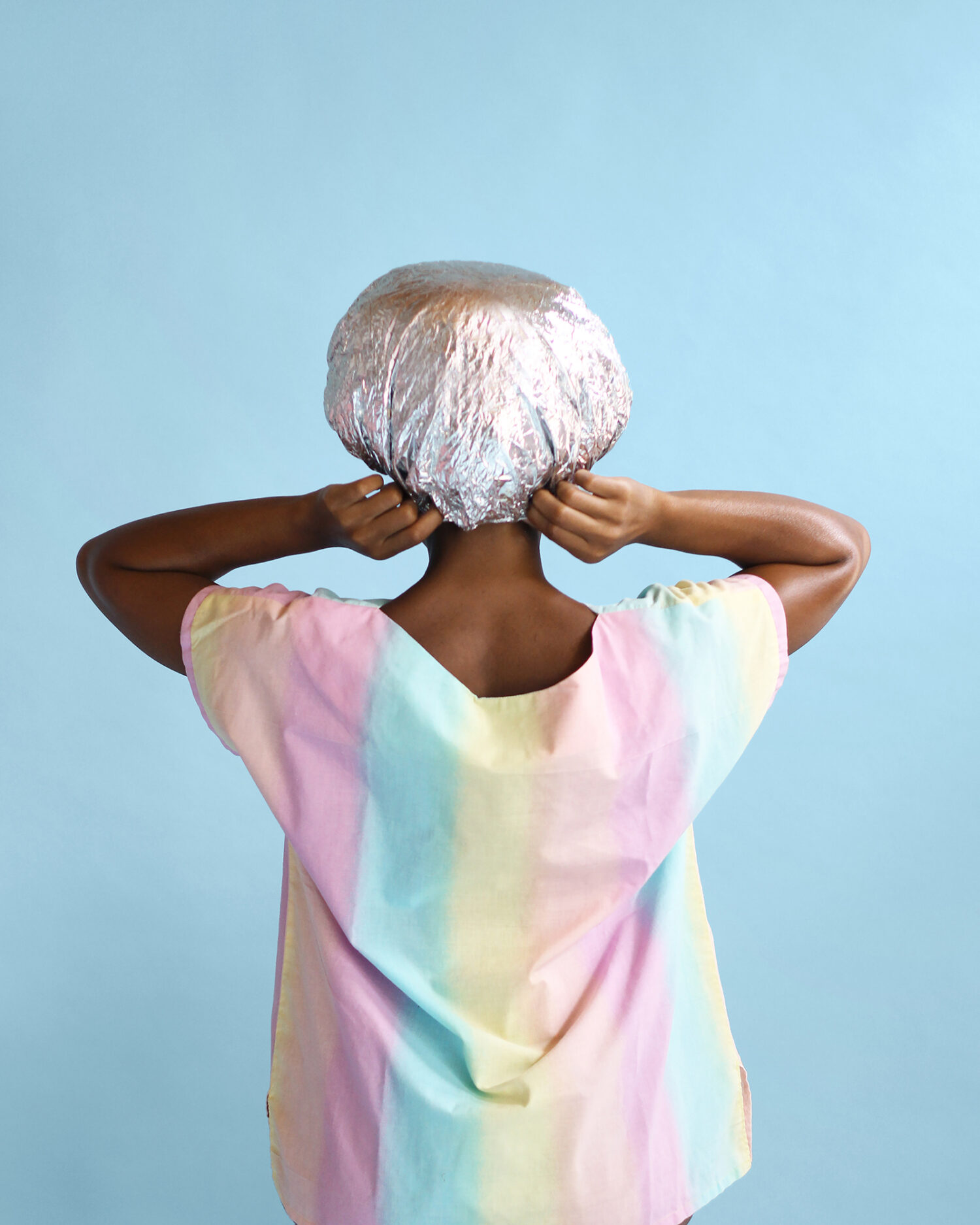
8/10: Nakeya Brown, Shower Crown Royal from Hair Stories Untold, 2014. Courtesy of the artist
-
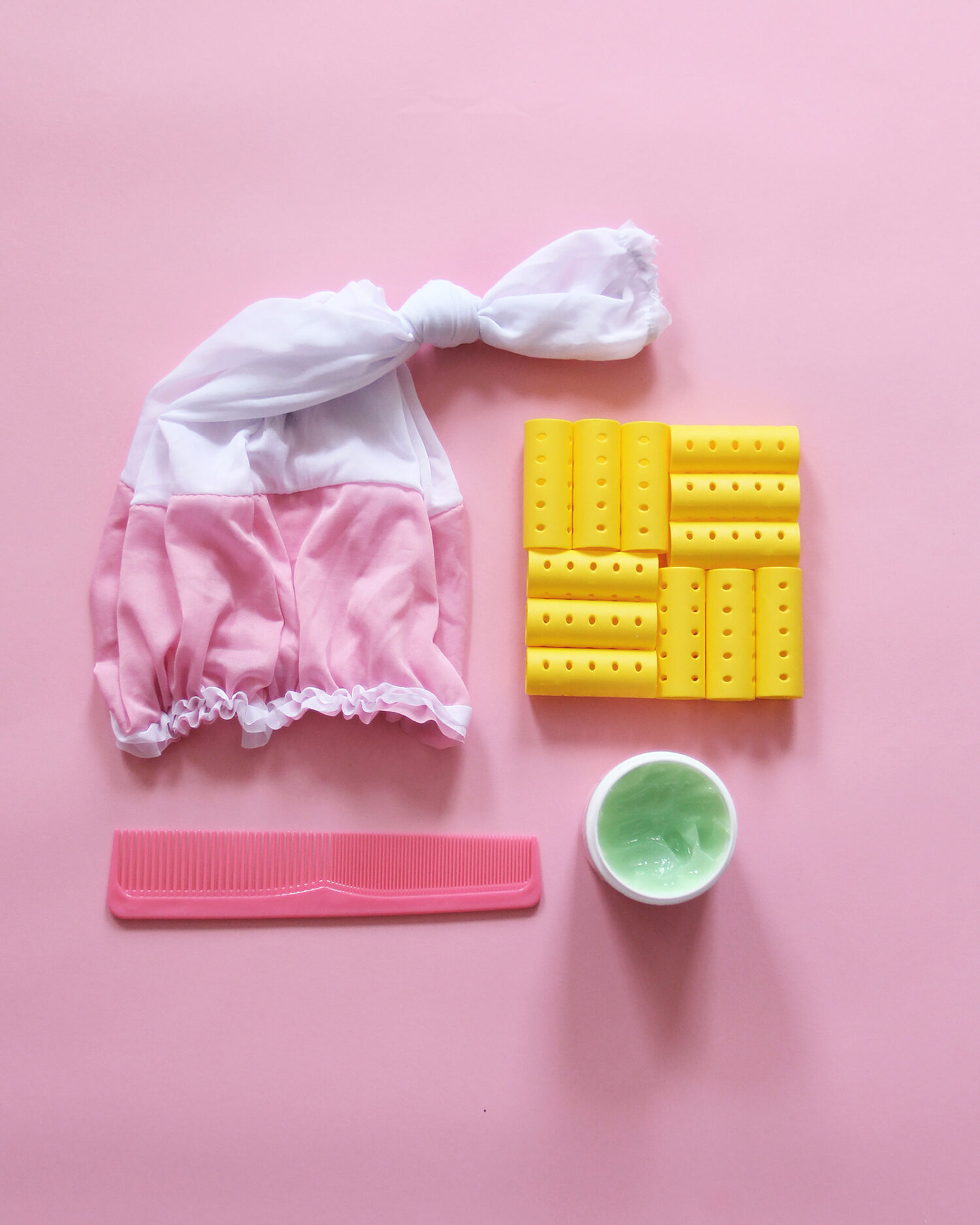
9/10: Nakeya Brown, Before I Lay Me Down To Sleep from Hair Stories Untold, 2014. Courtesy of the artist
-

10/10: Nakeya Brown, The Art of Drying from Hair Stories Untold, 2014. Courtesy of the artist
Nakeya Brown is a contemporary American photographer who explores Black womanhood, beauty standards, and cultural identity. Through still life and portrait photography, she examines the politics of hair, domestic spaces, and personal rituals, often involving nostalgic and symbolic objects like hot combs, hair rollers, and beauty products. Her work has been exhibited in many galleries and featured in major publications. Brown’s photography serves as a visual commentary on history, representation, and the everyday experiences of Black women.
Silver Eye Scholar and Point Park University senior Ka'Ori Frazier-Sayles speaks with the artist about her practice.
Ka'Ori Frazier-Sayles: When it comes to projects like The Refutation of "Good" Hair and Hair Stories Untold, both highlight beauty standards and societal pressures. How did you hope your audience would engage with such themes? Along with people outside the Black community?
Nakeya Brown: I hoped both series could refute narrow beauty standards since attitudes around appearance have real consequences on the lives of people, especially those with intersecting identities like Black women, femmes, and girls. They were created to affirm memory and ritual practices of Black girlhood/womanhood.
KFS: When seeing your work, they have bright, beautiful pastel colors. I'm just curious to know if you knew from the start that it would be in color?
NB: In these works I wanted to engage with the cultural complexities of color and how it has shaped my perception of race and gender.
KFS: When working on my thesis project, I had to make sure that the technical parts like lighting and color were clear, so that way my classmates would be able to see my vision. So, I wanted to know, did you came across any specific challenges in capturing the textures and or symbolism of hair in photography?
NB: I come across challenges every time I pick up my camera. Working with a camera effectively is continuous problem solving through a sequence of steps—sort of like calculating a math equation or outlining an essay. To overcome challenges I embrace life-long learning and knowledge sharing. I take time to learn new skills, I invite other photographers to help me on shoots, I teach photography to others, I talk to my husband about photography for hours—the challenges help me grow.
KFS: How did you determine the names of your concepts? And do those names come before or after doing the work?
NB: Naming work is about honoring my introspection but also describing what’s happening in/out of the frame for others to access in the future. For this reason writers and thinkers such as Audre Lorde and Toni Morrison have direct references in my titles. Black women’s literary tradition is very influential on the contextualizing of my work.
KFS: Now with the topic of your work, are there any Black women artists that you would like to collaborate with? With this question, I mean in terms of making a project on a specific theme with an artist, or even having two separate works together in conversation on the same theme.
NB: Any Black woman artist who feels deeply about heritage objects, diasporic tools, family heirlooms, any structures of material culture shaping our inward lives. The effects of sexism, racism, and colonialism try to govern women’s relationships to these things and I want to be in conversation with anyone who actively resists the impact of this marginalization; there’s so many of us doing this work—Jannah and Kiyanna Handy, Tiya Miles, and Renata Cherlise are very exciting thinkers right now.
KFS: What has been the most meaningful feedback you have received about your work?
NB: I can’t say that I’ve prioritized a single person’s feedback. I do appreciate it when viewers are willing to engage with my work with patience, curiosity, and an openness to my experiences.
KFS: How do you see your work evolving in the future? And are there any other aspects of identity or culture that you’re interested in exploring?
NB: Currently I’m interested in memory, race, gender, and bio-mythography—connecting these concepts to the arrangement of space, the material culture within it, and object histories.
KFS: The last question for our discussion that I wanted to ask is, what advice would you give to emerging black artists who want to engage their work to explore social and cultural themes?
NB: Have self-compassion. Stay connected with other artists. Community is self-care and an important tool to sustain your practice—form long-lasting relationships to build a strong foundation for your ideas to grow.
Participating Artist
Nakeya Brown is a contemporary American photographer who explores Black womanhood, beauty standards, and cultural identity. Through still life and portrait photography, she examines the politics of hair, domestic spaces, and personal rituals, often involving nostalgic and symbolic objects like hot combs, hair rollers, and beauty products. Her work has been exhibited in many galleries and featured in major publications. Brown’s photography serves as a visual commentary on history, representation, and the everyday experiences of Black women.